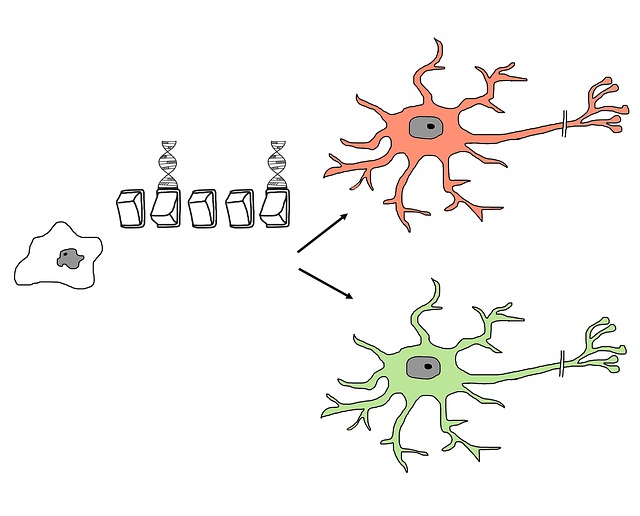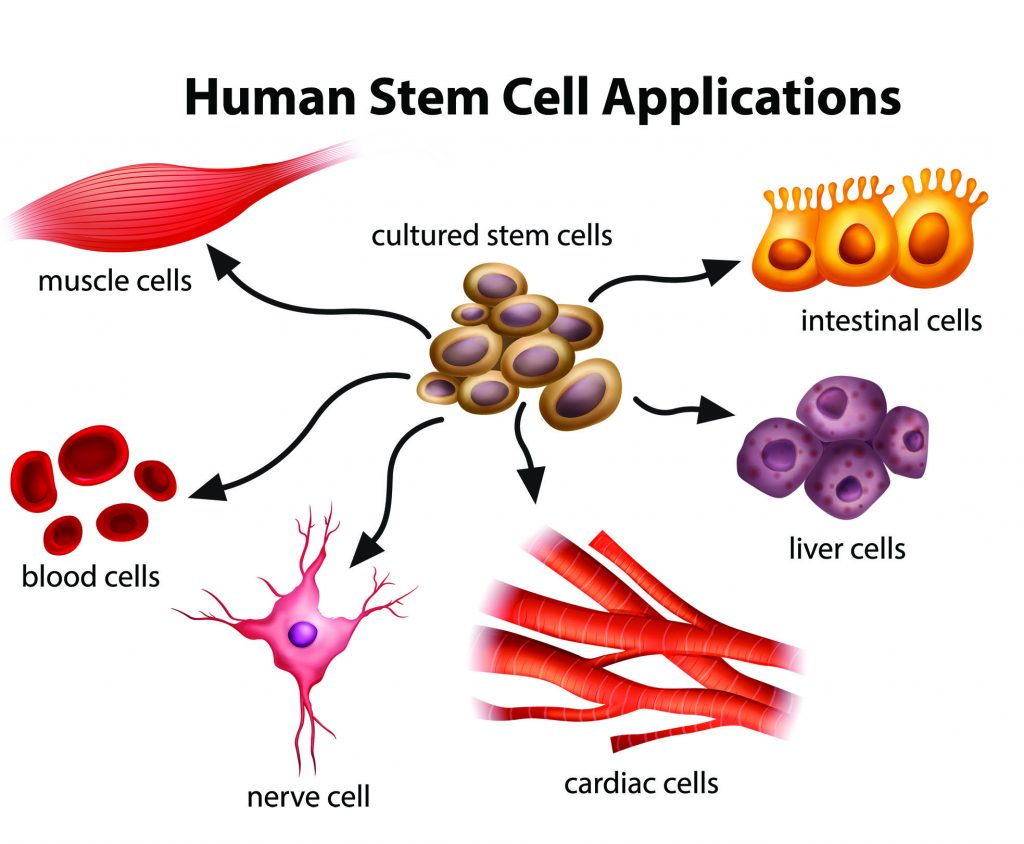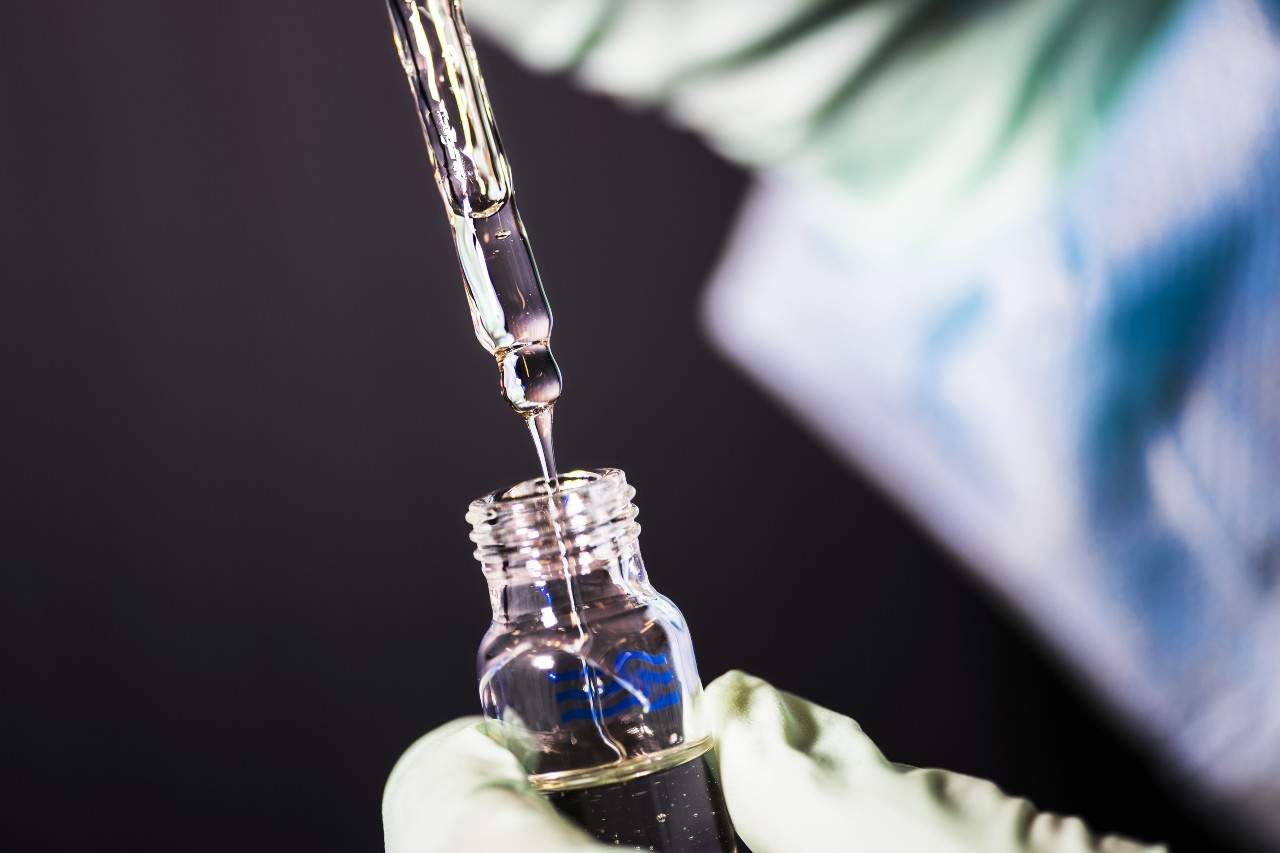Scientific advancements in the field of medicine have led to a substantial increase in life expectancy over the past couple of decades. Though the progress has been unmatched since the last century, the question still remains: how far can we go from here? For seemingly irreversible damages to an organism, for example organ failures, is there a way to undo the damage?
Life expectancy has almost doubled since the start of the twentieth century, thanks to the elimination of epidemics and pandemics including cholera, typhoid, smallpox, and scarlet fever. Additionally, massive improvements in hygiene and sanitation conditions have helped the world achieve a much longer life expectancy. The expansion of public health facilities to all the nooks and crannies of the world has meant that standards of living and hence the overall health of mankind is merely improving each year.
Regenerative medicine as an interdisciplinary field applies engineering and life science knowledge to regeneration in an aim to restore diseased and injured tissues as well as whole organs. A wide range of regenerative therapies have already been found to work and have even received Food and Drug Administration (FDA) approval. Wound healing therapies and orthopedics are but some of these clinically available approaches. A lot of other diseases and conditions are on the verge of being treated with this approach, as seen by the increasing number of ongoing preclinical studies being carried out around the world. As such, in the biological world, stem cells are perceived as the most promising means of developing the next generation of regenerative medicines.
The exciting promise of stem cells
Above all other interventions, stem cells seem to provide strong prospects for longevity. Since stem cells are the undifferentiated cells of the body, they have the potential to be converted into specialized cells in order to repair the damaged tissue. Regenerative medicine based on stem cells in principle works by harvesting the stem cells from the donor and utilizing it to reconstruct the injured tissue.
In general, stem cells can be used for regenerative purposes in two different ways: one approach harvests stem cells either from the patient or a donor, and modifies them before being injected/grafted into the recipient patient; the other approach is to use stem cells as end targets for a drug or other bioactive material where the drug activates a desired response from the pre-existing stem cells in the patient’s tissue or organs. Either way aims to improve the diseased condition that is considered untreatable by any other existing medicinal intervention. One of the major breakthroughs in this direction was marked by the successful re-engineering of cells to transform into pluripotent cells by the use of cellular reprogramming. Termed as Yamanaka factors, the reprogramming signals are some critical cellular molecules that can in principle turn any kind of cell into a stem cell, which can then be effectively used to produce the desired cells, and eventually used for regenerative purposes. Since the emergence of cryobioological technology, it is now even possible for someone to have their stem cells cryogenically stored in the hope that they may be able to use them one day to extend their lifespan.

According to research carried out at Albert Einstein College of Medicine in New York, administration of stem cells into the brains of various animals has shown to increase their lifespan by 10-15%. Moreover, stem cells have also been proven to effectively reduce the aging process in mice. This evidence is indicative of the fact that with proper research advancements, there is a possibility that in the near future, this process could also work on us.
A human brain contains an abundance of stem cells in adolescence, the reservoirs of which are depleted by the age of fifty. Hence, alternative approaches to meet the body needs for stem cells are being explored. Placental fluid and stem cells rich in umbilical cord blood are being suggested as alternatives. Other than providing immediate longevity, stem cell therapies are considered beneficial against autoimmune diseases, reducing inflammation and sore joints.
Human Longevity Inc, for instance, have envisioned the use of placental-derived stem cells as a life-changing opportunity for people aiming to live younger and longer. The New Jersey-based biomedical researcher and founder, Robert J. Hariri, says his current venture ‘Cellularity’ explores the use of placental stem cells to design drugs against cancer and other disorders. This proposed intervention does not take age into consideration, but rather it focuses on retaining the body’s functional performance up until death and treating the ailments that affect quality of life. In other words, innovations in scientific approaches focused on human health are working on making “100 the new 60”. Therefore, the prospect of life expectancy doubling in decades to come isn’t a mere ‘daydream’.
In the US, demand for organ donations has increased; some reports say that 30% of the deaths that occur in the US can be avoided or delayed if people had easier access to organ replacements. Organ replacement would not be a far-reaching goal anymore, precisely because regenerative medicinal interventions are not a matter of science-fiction. Scientists are already employing 3D imprinting technology to construct organs like the lungs.

Source: Global Stem Cells Group
Despite the overwhelmingly sanguine evidential prospects, the field of regenerative medicine has not been altogether free from scepticism. A researcher at King’s College of London describes the path to regenerative medicine as a solution to life expansion as lengthy and full of obstacles. Additionally, when viewed through an immunological lens, this very fascinating solution still presents a higher tissue rejection risk from the patient. Nevertheless, given how rapid and accurate recent progress in biological sciences has been – as exemplified by the rapid SARS-CoV-2 vaccine inventions – it is more likely now that regenerative medicines will start to make a massive impact on the life expectancy of humankind in the near future.














